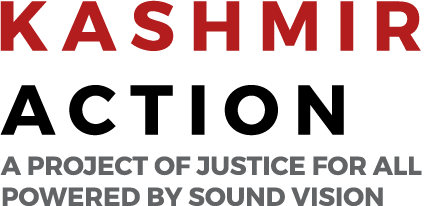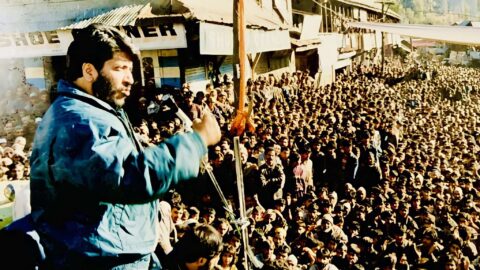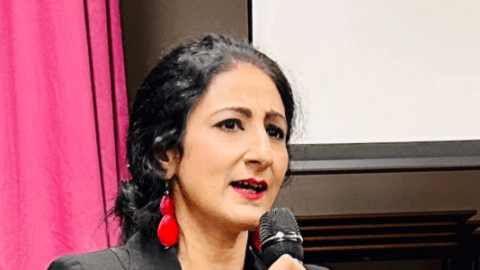SRINAGAR, Kashmir – Shabir Shah, a prominent Kashmiri pro-freedom leader and prisoner in India’s Tihar…
Drug Addiction Boom Is A Massacre of Young Kashmiris
According to a report published by the United Nation Drug Control Program (UNDCP) around 70,000 people are addicted to drugs alone in Kashmir.
Among them approximately 31% are women.
The youth is particularly involved in drug addiction as reported by a Psychiatric Hospital (GPDH) in Srinagar.
Around 90% of drug abusers belong to the age group of 17-35.
The circumstances of the state from the last two decades have contributed to various kinds of social and political issues including drug addiction.
Considerably, a number of youth who have turned to drugs have been directly or indirectly affected by the suppressive measures of Indian administration like brutal killings and massacres, plundering houses, prolonged detention of family members, presence of orphans and widows including half widows in the society, rape of women, presence of armed forces at every nook and corner of the streets in the valley.
When this major cause is coupled with unemployment, corruption, nepotism, poverty and prolonged lockdown, youth then begin to feel frustration, anxiety, depression, and eventually slip into drug addiction in order to get rid of their frustration temporarily.
This grimy picture of drug abuse in the Kashmir valley has posed a serious challenge for the people of the valley in general and parents of the victims in particular.
Experts state that the biggest challenge is the illegal trafficking and sale of drugs within the valley.
Lack of awareness about both drug addiction and the process of detoxification and rehabilitation is also a challenge.
Social organizations and religious institutions like mosques and Islamic centers, professionally effective Muslim NGOs, schools, colleges and spiritual figures could play their essential roles in educating people especially the young generation about this epidemic. However, the occupation has limited the work of these institutions.
Awareness on the part of parents and caretakers is also an issue in tackling this menace, so that they can detect this problem as early as possible to provide immediate help to victims. A large amount of the literature suggests that enhancing a victim’s social support and inculcating in them some positive behaviors can help them get rid of their addiction.
It is an established fact that the youth of any country are a great asset irrespective of the situation of that country, whether the people are free or not. The youth are rays of cherished hope for people in yokes.
It is certainly our brilliant Kashmiri youth that can bring about social reform and improvement in future. Furthermore, the nation genuinely requires their participation to achieve the goal of freedom from Indian occupation and laying the foundation of a newly liberated homeland.
The religious and political leadership of occupied Kashmir can seriously and meaningfully help the Kashmiri youth by engaging them achieve their potential.
Unfortunately, the youth in Kashmir has slowly and gradually landed in a quagmire of drug abuse with numbers having no precedence in the past. There is a constant surge in drug addiction cases shown in among boys and girls.
From 15% heroin abuse recorded in 2016, it has now gone up to 90%, said the doctors at a government de-addiction center in Srinagar.
The numbers witnessed a further surge in 2018-19 when 5,113 patients sought medical help.
According to data available with the main Srinagar hospital, it received 3,319 patients in five months from July to November 2019. Of these patients there are patients of less than 14 years old which is more alarming.
Social and medical experts in the field suggest that the best way to deal with the menace is to cut down the availability of drugs.
The chronic Kashmir conflict has consumed many generations but the latest menace of drug addiction is starting to spoil youth and children that is gravely obscuring the future of Kashmiri people.
Therefore, the Kashmir Action of Justice for All strongly feels unveiling the faces involved in running drug business and luring the youth must be a priority. Effective measures must be enforced before loss becomes irretrievable.
References:
1. United Nations Office on Drugs and Crime (2014) World Drug Report.
2. Khan M (2011) Drug addiction in Kashmir. Physicians Academy.
3. Maqgoob MA, Dutta K (1993) Drug abuse in Kashmir – experience from a psychiatric diseases hospital. Indian J Psychiatry 35: 163.
4. Naqshbandi MM (2012) Drug addiction and youth of Kashmir. Int NGO Journal 7: 84-90.




